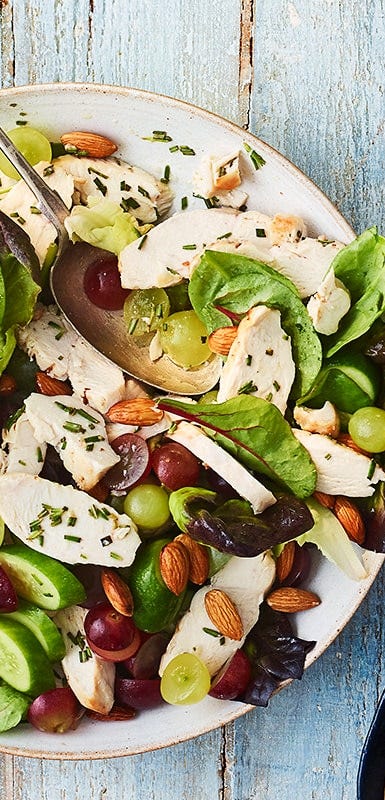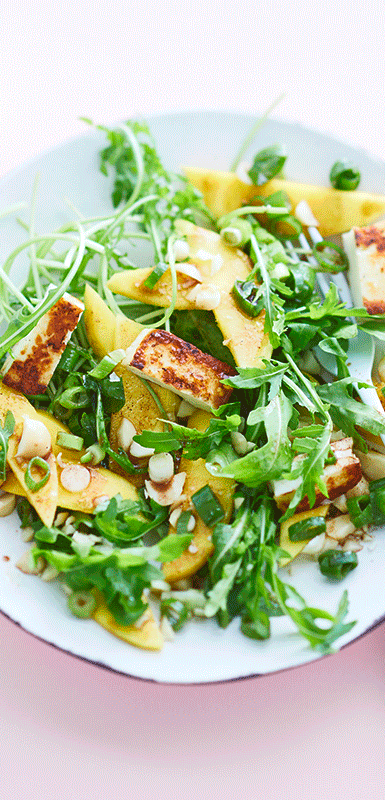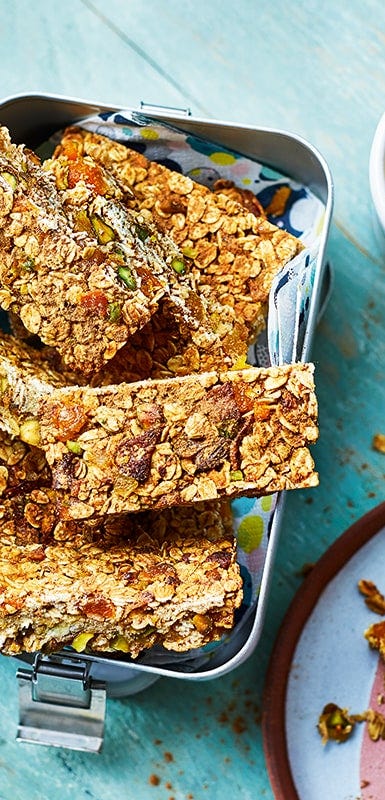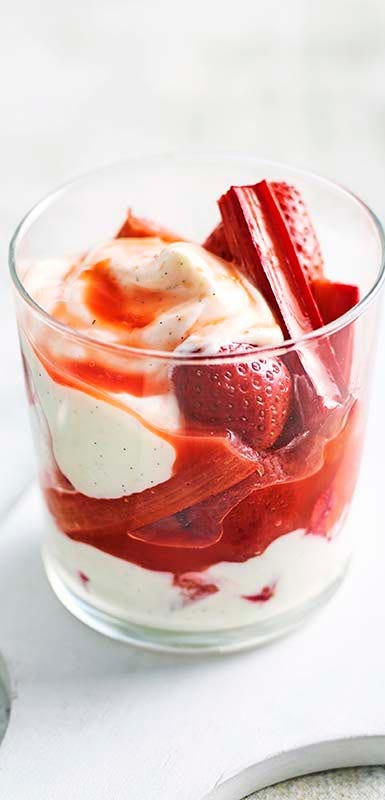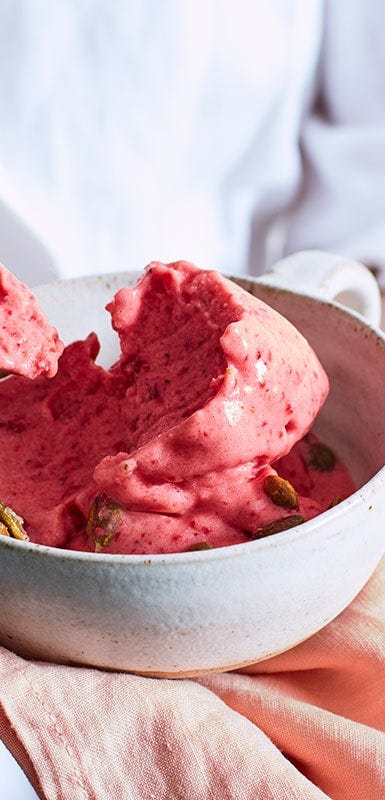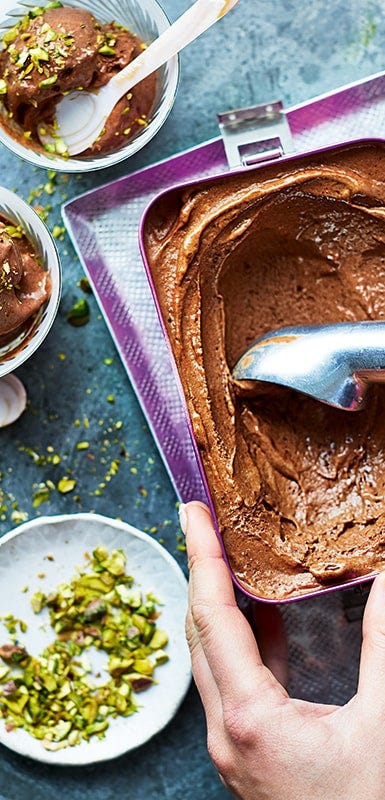Healthy food alternatives
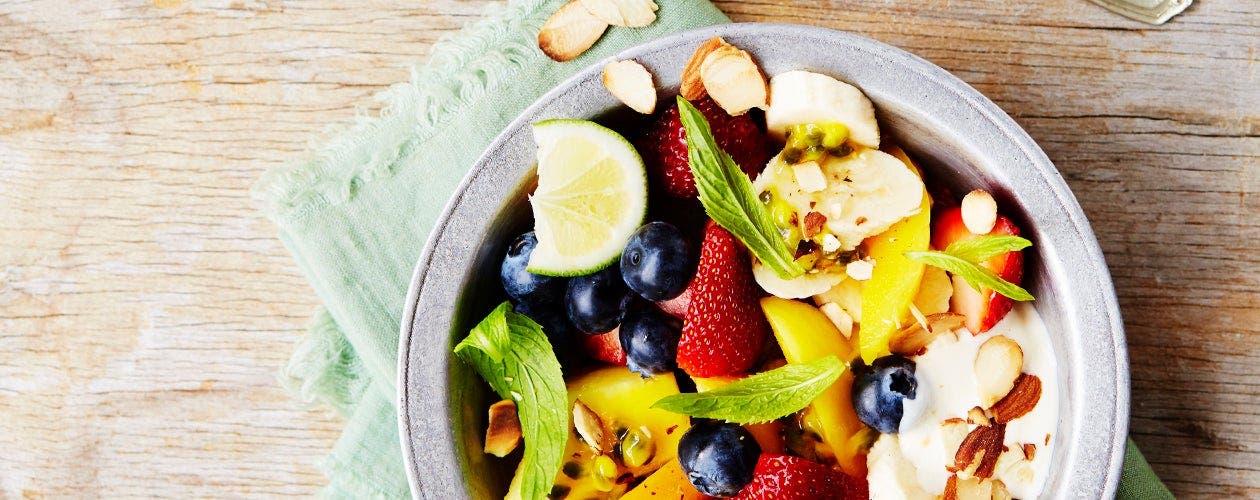

7 healthy food swaps
Thousands of different food products stock our supermarket shelves, which means cruising the aisles can sometimes be a confusing experience. The food choices we make on a daily basis may seem simple on face value, but are usually deeply ingrained habits from family and cultural experiences as well as personal preferences, according to accredited practising dietitian, Dr Alan Barclay. “That’s why it can be quite hard to change these preferences,” he explains.
So, what to do? Dr Barclay suggests starting small by making a healthier choice within a certain food category – this can then pave the way for long-lasting change. Here, we take a look at some of the most common food decisions, what the experts recommend eating, and why.
1. Fresh fruit, dried fruit or fruit juice?
“Fresh fruit is always the best choice,” says Dr Barclay. “The fact that fresh fruit contains more water and fibre than the other two options means it generally takes longer to eat and subsequently, fills you up.” Not only is dried fruit a more concentrated source of sugar and energy, it can also stick to your teeth, which can increase the risk of tooth decay. Fruit juices have higher Points value because juicing removes the fibre and concentrates the natural sugar and kilojoule content, so compared with fresh fruit, juices have a higher energy density.
2. Almonds or macadamia nuts?
“Almonds are better on a per kilojoule basis because they contain less fat and more protein than macadamia nuts do,” says Dr Barclay. Accredited practising dietitian Sonya Stanley adds: “A small amount of nuts in your diet may be beneficial for heart health, but while almonds do contain less total fat than macadamia nuts, both are still relatively high in fat and energy. So whichever nuts you choose, consume them in small amounts, as a healthy snack.”
3. Tea or coffee?
“Tea has more health benefits because it contains L-theanine, which makes you alert but also has a calmative effect,” says accredited practising dietitian, Kate Di Prima. “But with both tea and coffee, it’s important to consider the serving size and extras – avoid adding lots of sugar and choose low-fat milk.”
4. Tap, bottled or sparkling water?
“The majority of tap water in Australia contains fluoride, making it more 'tooth friendly' than bottled, sparkling or soda water,” suggests Stanley. “However, there are no kilojoules in any of these types of water so they‘re all good choices for maintaining a healthy weight.” Dr Clare Collins, an accredited practising dietitian, adds: “From an environmental perspective, tap water is also better for the planet because you’re not throwing out plastic bottles.”
5. Yoghurt or ice-cream?
“Good low-fat yoghurt is a better choice than ice-cream because it’s a source of high-quality protein and calcium, thanks to the milk content. It’s also lower in kilojoules and saturated fat than most ice-creams,” Di Prima explains. “Plus, unlike ice-cream, yoghurt also contains acidophilus (a probiotic that can promote healthy digestion)." To get the most bang for your buck, compare labels to check which yoghurt contains the largest amount.
6. Wholemeal or wholegrain bread?
Wholegrain bread is always a better choice because the grains contain the full complement of vitamins, minerals and good fats. “A good-quality wholegrain bread, one you can actually see the grainy bits in, will on average have a lower glycaemic index than a wholemeal bread, which is generally made from highly refined white flour with bits added into it,” says Dr Barclay. Bread that is described as ‘wholemeal’ means the grains have been heated and rolled, which can reduce or remove nutrients.
7. Margarine or butter?
“I lean towards margarine, as long as it’s a good-quality one,” says Dr Barclay. “No-name brands tend to be high in unhealthy trans fats, but good-quality name-brand margarines – with canola or olive oil bases – are better than butter. Butter is natural but it’s high in saturated fat, so can potentially raise your blood cholesterol levels, whereas unsaturated margarines can help to lower them.” Di Prima agrees: “I see people with cholesterol and heart disease all the time and I tell them to watch the saturated fat in their diet. That’s the fat on meat, but also in full-fat dairy products, including butter. On the other hand, olive-oil spreads are hydrogenated olive oil and predominantly contain unsaturated fat.”

